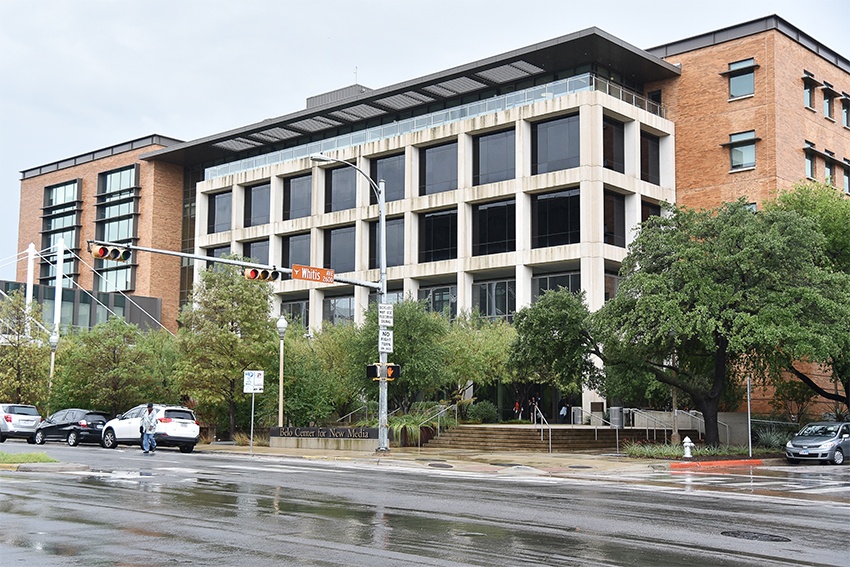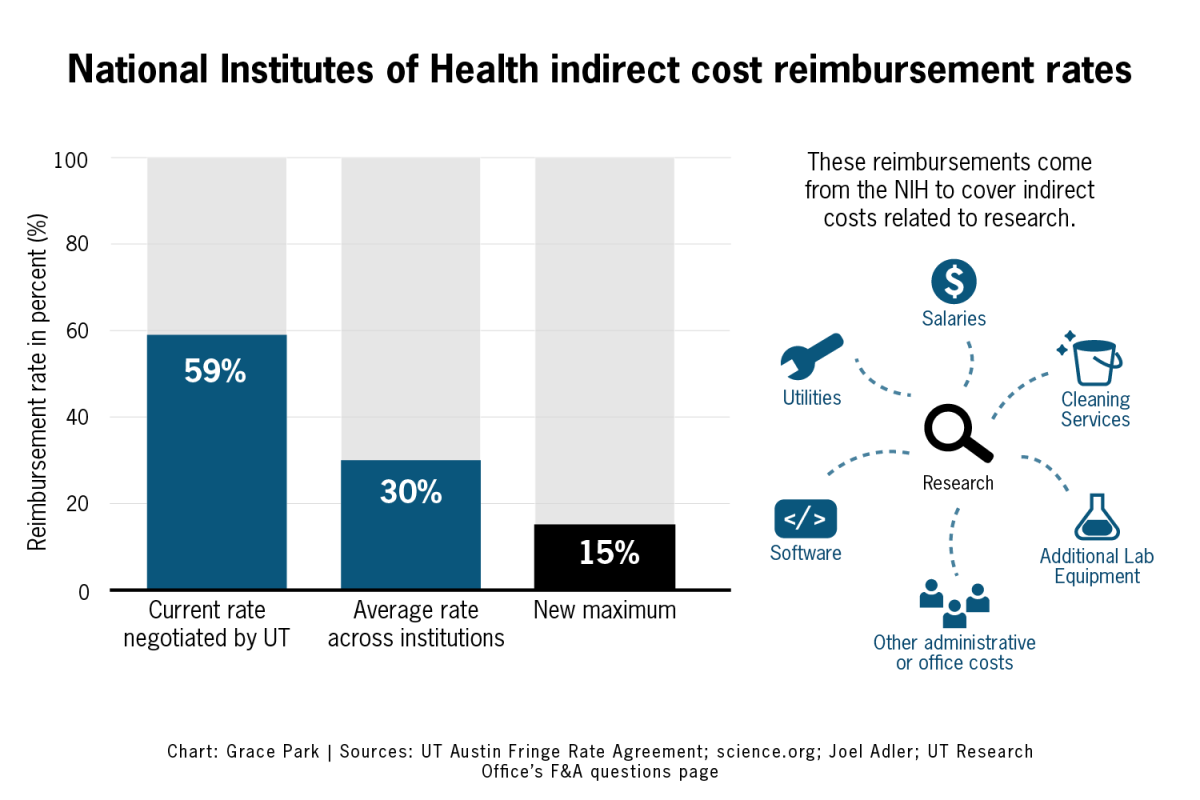In a collaborative effort, the University’s School of Architecture and the nonprofit organization Africa’s Promise Village are working together to build a school for the Maasai people in the Serengeti plains of Tanzania.
After a trip to East Africa in September, Donna Gunn, executive director of the nonprofit, said she was moved by the plight of the many children who live in poverty. With the support of missionaries working in Tanzania, Gunn decided her organization would help found a school for children in northern Tanzania.
“So many children live without parents or clean water, and because we are educators we do not have sufficient funds to help them, but what we do best is work with kids,” Gunn said. “That’s why I decided to help.”
Gunn approached architecture professor Michael Garrison to help design the school because of the University’s renowned expertise in sustainable architecture. In January, Garrison’s graduate class took on designing the complex as individual studio projects to create different alternatives for the final design.
“The project is completely different because the culture and types of materials available in Africa are different from here, so there was a huge research component to understand how the complex would be built,” Garrison said.
Architecture alumna Erinn McGurn and African architect Francis Kere helped the students adapt their design to the materials available in the area.
“They were able to review our work and give us their feedback since they know the area of Tanzania. They were very helpful in allowing us to use basic principles of natural ventilation and other ideas like rain water collection,” Garrison said.
Graduate student Todd Mattocks created the most feasible design among his peers, so his design will be used for the complex. The two L-shaped classrooms are connected by a central breezeway, allowing for natural ventilation and light, to address the lack of electricity in the area.
The project, expected to be completed a year from December, will serve 400 students in 10 classrooms. Mattocks said classrooms in Tanzania average between 80 and 100 students.
“I had the idea that this would be a community space where all the students have to work in a classroom in terms of harvesting vegetables and raising fish; open spaces facilitate this,” Mattocks said.
Mattocks has also devised a plan for a water collection system. Large containers will collect water that filters off from the roof. The idea is the school will use this water to sustain small-scale fisheries. The idea comes from the use of inland fish hatcheries in Africa to address food shortage problems.
With the help of a block compressor machine subsidized by the UN, Maasai warriors will build their tribe’s school from a mixture of grass and sand.
High school students in the National Honor Society across the country and various Catholic charities will help fund the project. Africa’s Promise Village will hold its first Sunset Soiree next week to also help raise the $140,000 budget.



















